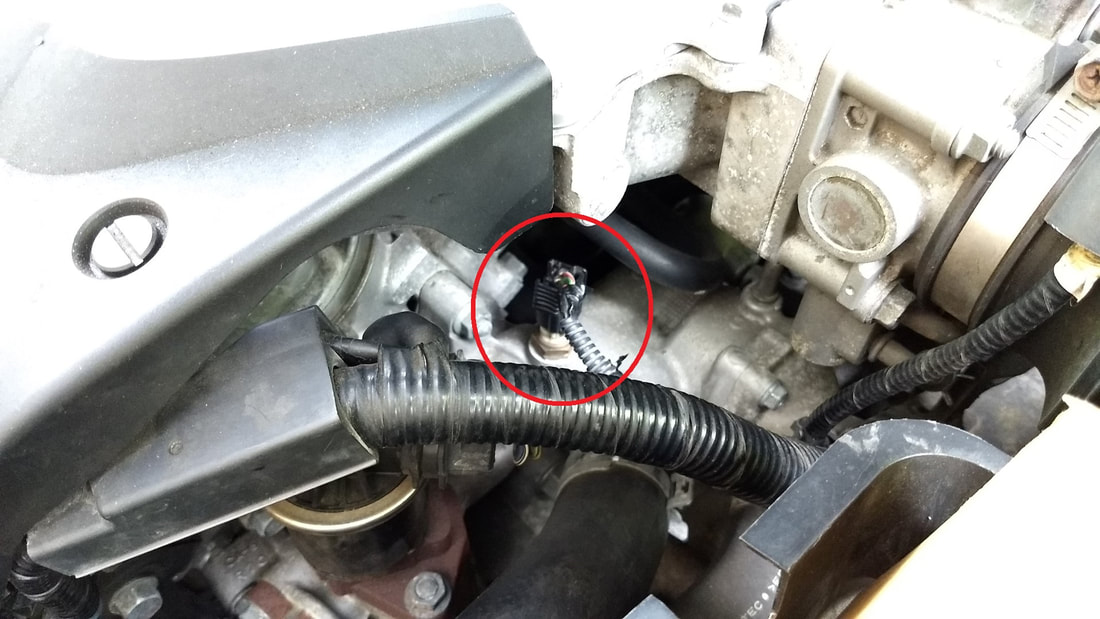- VCM Controllers
- >
- Smart ECO VCM - Single Value
Smart ECO VCM - Single Value
$70.00
50
375
$50.00 - $375.00
Unavailable
per item
SKU:
Works well to remove ECO over 90% of the time.
Connector Style #1:
Honda Accord 2008-2017 (except V6 manual coupe)
Honda Accord Crosstour 2010-2015
Honda Odyssey 2007-2017
Honda Pilot 2009-2017
Honda Ridgeline 2017
Acura RLX 2014-2017
Acura RDX 2013-2017
Acura MDX 2014-2017
Acura TLX 2015-2017
Connector Style #2:
Honda Odyssey 2005-2006
Honda Pilot 2005-2008
Features:
What is VCM and why do I want to disable it?
Variable Cylinder Management (VCM) is Honda's term for its variable displacement technology, which saves fuel by using the i-VTEC system to disable one bank of cylinders during specific driving conditions—for example, highway driving.
When the VCM system disables cylinders, an "ECO" indicator lights on the dashboard, Active Noise Cancellation (ANC) pumps an opposite-phase sound through the audio speakers to reduce cabin noise, and Active Control Engine Mount (ACM) systems reduce vibration.
Owners of vehicles equipped with VCM frequently face vibration problems due to engine motor mount malfunction while ECO mode is enabled. In 2013, Honda agreed to settle a class action lawsuit including the Accord (2008-12), Odyssey (2008-13), Pilot (2009-13) and Crosstour (2010-13) models equipped with the 3.5-liter V6 with Variable Cylinder Management. They all suffered from engine misfire, excessive oil burning and premature spark plug fouling issues.
How do I install the AST Smart Eco VCM module?
1. Locate the existing coolant temperature sensor, known as ECT1 [noted in photo at bottom of page]
2. While your engine is cold, unplug the existing connector. Push the side with your thumb to unlock it before pulling it out.
3. Plug the AST Smart ECO VCM Module into the engine. You should hear it 'click' into place.
4. Plug the connector you removed from the engine into the AST Smart ECO VCM Module.
5. Position the thermal switch so it is making contact with the engine.
*More detailed instructions are included with the unit*
What does the AST Smart ECO VCM module do?
Before VCM is allowed to kick in and ECO mode is enabled, certain parameters must be met by the computer in your car - one of which is engine temperature. Once the computer detects the engine has reached approximately 167 degrees F, it allows VCM to enable and ECO mode to engage.
The Smart ECO VCM plugs inline between your computer and Engine Coolant Temperature sensor [ECT1] to adjust the temperature it reads, working to keep the value below the threshold that would allow the ECO mode to engage. While this cannot guarantee that VCM will be disabled (eg. differing climates/load scenarios), it can generally keep VCM from engaging under normal driving conditions.
Disclaimer:
The buyer agrees that the installation and use of this item is done at their own risk. AST will not be responsible for any loss of warranty, vehicle damage, or any other issues that may arise from the misuse of this product. While this style device has been in use and tested in many vehicles without issue, every car, van, SUV, truck and installation is unique and your individual results may vary.
- Helps Disable ECO Mode from Engaging on Popular Honda + Acura Vehicles
- Helps Prevent Spark Plug Misfire, Fouling, and Premature Failure
- Integrated thermal switch for automatic engagement
- Helps Eliminate Unwanted Engine Vibrations Due to VCM Engaging
- Keeps Your Car Firing on All 6 Cylinders for Increased Power and Throttle Response
- Made with OEM Connectors + Terminals, Professionally Crimped and Soldered with Approved Tooling
- Plugs Directly Inline With Your Engine Coolant Temperature Sensor
What is VCM and why do I want to disable it?
Variable Cylinder Management (VCM) is Honda's term for its variable displacement technology, which saves fuel by using the i-VTEC system to disable one bank of cylinders during specific driving conditions—for example, highway driving.
When the VCM system disables cylinders, an "ECO" indicator lights on the dashboard, Active Noise Cancellation (ANC) pumps an opposite-phase sound through the audio speakers to reduce cabin noise, and Active Control Engine Mount (ACM) systems reduce vibration.
Owners of vehicles equipped with VCM frequently face vibration problems due to engine motor mount malfunction while ECO mode is enabled. In 2013, Honda agreed to settle a class action lawsuit including the Accord (2008-12), Odyssey (2008-13), Pilot (2009-13) and Crosstour (2010-13) models equipped with the 3.5-liter V6 with Variable Cylinder Management. They all suffered from engine misfire, excessive oil burning and premature spark plug fouling issues.
How do I install the AST Smart Eco VCM module?
1. Locate the existing coolant temperature sensor, known as ECT1 [noted in photo at bottom of page]
2. While your engine is cold, unplug the existing connector. Push the side with your thumb to unlock it before pulling it out.
3. Plug the AST Smart ECO VCM Module into the engine. You should hear it 'click' into place.
4. Plug the connector you removed from the engine into the AST Smart ECO VCM Module.
5. Position the thermal switch so it is making contact with the engine.
*More detailed instructions are included with the unit*
What does the AST Smart ECO VCM module do?
Before VCM is allowed to kick in and ECO mode is enabled, certain parameters must be met by the computer in your car - one of which is engine temperature. Once the computer detects the engine has reached approximately 167 degrees F, it allows VCM to enable and ECO mode to engage.
The Smart ECO VCM plugs inline between your computer and Engine Coolant Temperature sensor [ECT1] to adjust the temperature it reads, working to keep the value below the threshold that would allow the ECO mode to engage. While this cannot guarantee that VCM will be disabled (eg. differing climates/load scenarios), it can generally keep VCM from engaging under normal driving conditions.
Disclaimer:
The buyer agrees that the installation and use of this item is done at their own risk. AST will not be responsible for any loss of warranty, vehicle damage, or any other issues that may arise from the misuse of this product. While this style device has been in use and tested in many vehicles without issue, every car, van, SUV, truck and installation is unique and your individual results may vary.






